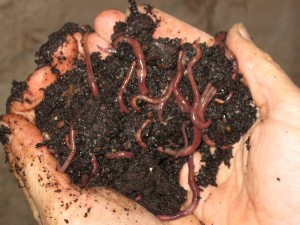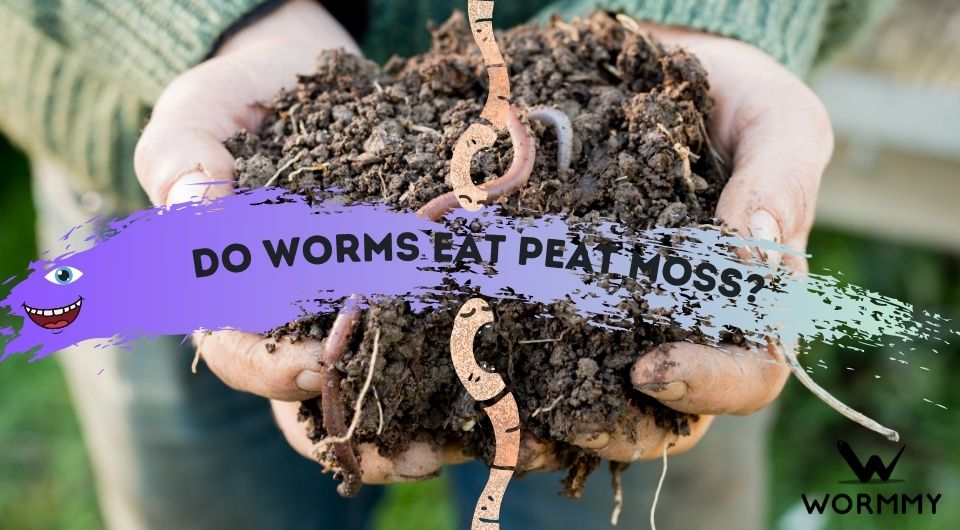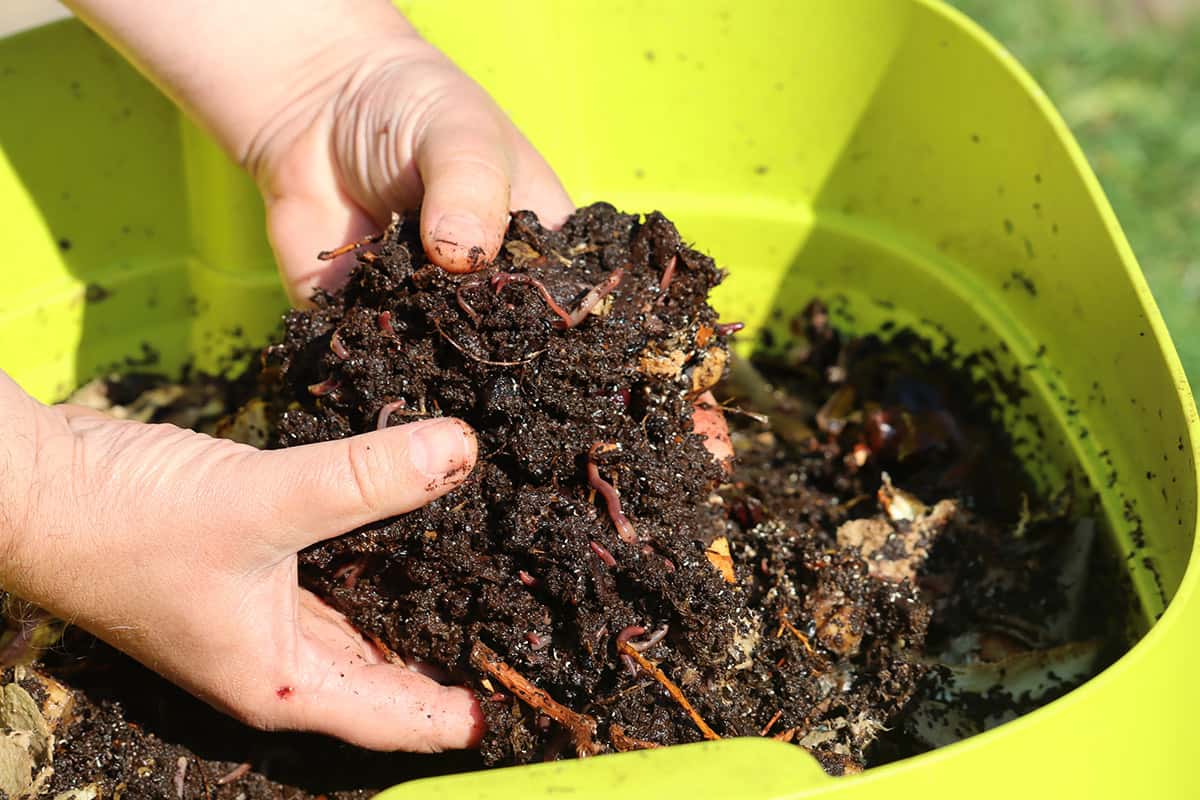The Best Soil For Worm Farms: A Guide To Choosing The Right Bedding
Worm farms are a great way to reduce food waste and create nutrient-rich compost for your garden. But what kind of soil should you use in a worm farm?
The best soil for worm farms is a bedding that is:
- Moist but not soggy. Worms need moisture to survive, but they can't live in waterlogged soil.
- Aerated. The soil should be able to hold air so that the worms can breathe.
- Neutral in pH. Worms prefer a pH of around 7.
- Free of chemicals and pesticides. Worms are sensitive to chemicals, so it's important to use bedding that is free of pesticides and other harmful substances.
- Odorless. A good worm bedding will not have a strong odor.
There are a variety of materials that can be used as worm bedding, including:
- Shredded newspaper. This is a common and inexpensive option.
- Aged compost. This is a good choice because it is already rich in nutrients.
- Coco coir. This is a natural fiber that is absorbent and pH-neutral.
- Peat moss. This is another natural fiber that is absorbent and pH-neutral.
- Leaf mold. This is a type of compost that is made from leaves.
When choosing a bedding for your worm farm, it's important to consider the climate where you live. For example, if you live in a hot climate, you'll need a bedding that can hold moisture well.
Once you've chosen a bedding, you'll need to add it to your worm farm. The bedding should make up about three-quarters of the volume of your worm farm. You can then add your food scraps and other organic materials to the top of the bedding.
As the worms eat the food scraps, they will produce castings, which is a nutrient-rich fertilizer. You can harvest the castings and use them in your garden.
Worm farming is a great way to reduce food waste, create nutrient-rich compost, and improve your garden. By following these tips, you can choose the best soil for your worm farm and get started on your composting journey.
Are you looking for the best soil for your worm farm? Home Gardening has a comprehensive guide on the different types of soil that are suitable for worm farms, as well as information on how to choose the right soil for your specific needs.
Home Gardening also offers a variety of other resources on worm farming, including tips on how to set up your worm farm, how to care for your worms, and how to use your worm castings.
Visit Home Gardening today to learn more about the best soil for worm farms!
Image of best soil for worm farm
10 different images of best soil for worm farm that are free to use:
Shredded newspaper is a great source of carbon for worm bedding. It is easy to find and free to use.
Aged compost is a good source of both nitrogen and carbon for worm bedding. It is also a good way to add beneficial bacteria and fungi to your worm farm.
Aged horse manure or aged cow manure is a good source of nitrogen for worm bedding. It is also a good way to add beneficial bacteria and fungi to your worm farm.
Coco coir is a good source of both nitrogen and carbon for worm bedding. It is also a lightweight and absorbent material.
Peat moss is a good source of carbon for worm bedding. It is also a lightweight and absorbent material.
Straw and hay are good sources of carbon for worm bedding. They are also a good way to add air and bulk to your worm farm.
Fall leaves and other yard waste are good sources of carbon and nitrogen for worm bedding. They are also a good way to add air and bulk to your worm farm.
Wood chips are a good source of carbon for worm bedding. They are also a good way to add air and bulk to your worm farm.
Vermicast is the castings of worms. It is a rich source of nutrients for plants and can also be used as a worm bedding.
Perlite is a lightweight and absorbent material that can be added to worm bedding to improve drainage.








Post a Comment for "The Best Soil For Worm Farms: A Guide To Choosing The Right Bedding"